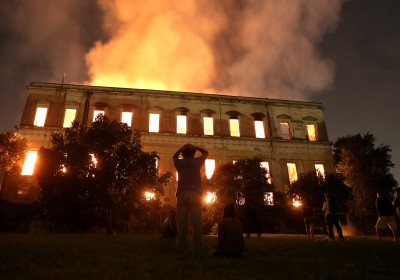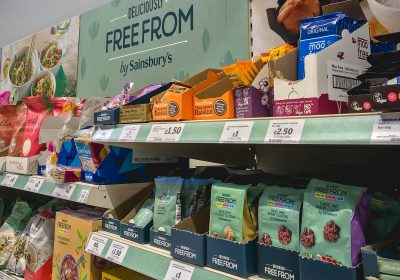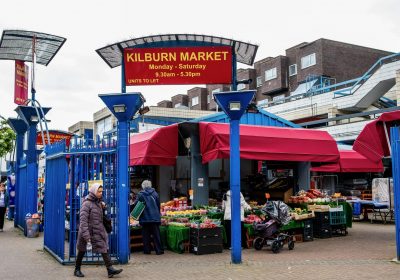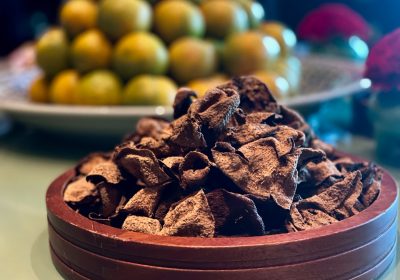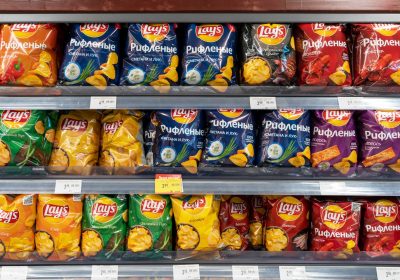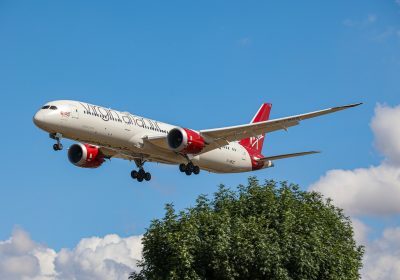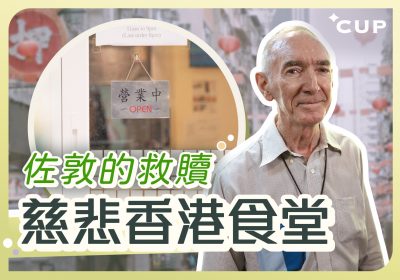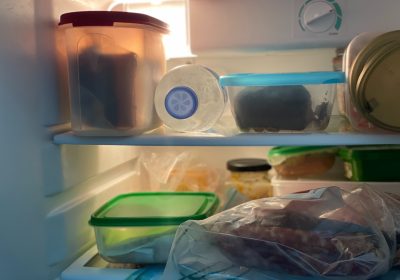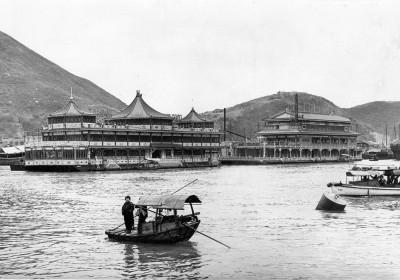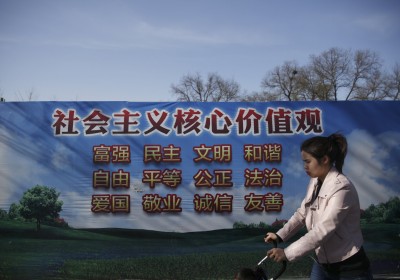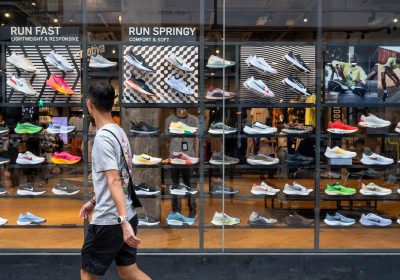
面河溪「溯溪」手打烏冬/李明熙
日本四國山多溪澗多,夏日炎炎最流行的玩意是 Canyoning,中文譯做「溯溪」。穿上薄薄的潛水衣,戴上頭盔,在溪澗中先逆流攀爬,再順流下滑。我們想在溯溪後登石鎚山,便在山下的面河溪報名溯溪。
網站報名只有日文,自動翻譯亦可理解大半,一般要先在銀行過數,報名才被確認,但外國遊客亦可電郵留位,到場才付現金,二人成團,我們保證成行。
溯溪那天的早上狂風暴雨,但網站寫明,只有行雷閃電和急流才會取消。我們不想成為沒有付錢而又「No Show」的遊客,還是致電一問,職員說水流不急,可以溯溪。

3 小時後,我們到達面河溪,雨過天晴,水流的確不急。教練已在等候,雖然未到出發時間,但報名的只有我倆,便著我們換衣服出發。
玩溯溪最特別是要在屁股位置多穿一塊膠墊,以便在溪澗中下滑。潛水衣很緊很熱,我們都急不及待要跳落水,教練還在為我們吹了浮床。
浮床吹好後,教練抬頭一望,面河溪的水位比半小時前提升不少,水流亦隨之加速,先前在河面浮現的岩石都被一一掩蓋。教練臉上的笑容消失,眼神帶點擔憂,在溪澗的上游、下游和分支四處搜尋,希望找到一段不太急勁的,讓我們一嘗溯溪。

最後,我們仨穿著潛水衣走了近半小時,沒沾到半滴河水,卻滿身大汗。我們的「溯溪」只有攀爬,沒有下滑。教練為表歉意,請我們在河邊的餐廳吃手打烏冬。塞翁失馬,那鍋烏冬是我們在四國吃過最美味的一鍋,煙韌彈牙。
今後,每次想起「溯溪」,或許只會記得手打烏冬。


Shikoku’s Emerald Green Rivers/Kimberlogic
Shikoku is known for many different things, but my favorite is its pristine nature. Although there are a few small cities on the island, the majority of the island is made up of extremely small towns or villages, massive mountains, thick forests and crystal clean rivers. This summer we decided to do a road trip around the island and wanted to focus our time on getting into the beautiful nature.
The Yoshino River is one of the most popular rivers on Shikoku. There are many small towns along it and a variety of activities offered to keep a summer tourist entertained. The color of the Yoshino River is mesmerizing. In some areas it is a deep emerald green and when the sun hits it just right a few colors of the rainbow will sparkle through it. In shallower parts, the water is a bright, icy blue and you can see straight to the bottom as if looking through a glass.

We got lucky when we drove through the Iya Valley. The morning started out a little rainy, so I guess all of the tourists decided to stay inside for the morning, leaving us to explore the famous vine bridges by ourselves, without a single person around. There are three handmade vine bridges in this area, two at the same location and the third just a short drive away. The bridges are made from vines that grow in the area. Every three years the bridges are rebuilt for safety and stability.
Walking across the bridge was a little scary at first. I had to make sure my footing was secure and that I wouldn’t slip through the gaps in the wooden planks that were used to create the floor. After safely making it across the first bridge, I realized that was the “Men’s” bridge. It’s not that women cannot cross it, it is called that because the planks are spaced further apart for a man’s foot. The second bridge was the “Women’s” bridge. This bridge’s planks were spaced perfectly for me and I was able to cross without constantly look down at my feet.
We played on the bridges and in the river for a while before finding another way to cross the river. The third option was a manual pull cart. You sat in the little structure that was secured to ropes and manually pulled yourself to the other side. It was a lot of fun, but very tiring!

The final thing we really wanted to do along one of Shikoku’s rivers was canyoning. Canyoning is where you dress in a wet suit with gloves, sticky shoes and a helmet. Then, you climb up the rocks in the river and slide down the natural water slides or just let yourself go with the current, all the way back down. There are a few companies that provide this sport, but it must be booked in advance.
In the morning we were supposed to go, there were crazy thunder and lightening storms in the area. The weather cleared up just before we got to the starting location, but by the time we got dressed in all of the necessary gear, the river began swelling extremely fast from all of the rain that morning. Our guide was very experienced and tried to scout a location for us, but the river was just too dangerous, so we never got a chance to try canyoning.
Although not getting to go canyoning was a major let down, I knew our guide had our safety in mind and he had his mother cook us an amazing udon lunch. We were fortunate that we spent the whole previous day playing on the vine bridges and in the shallow part of the river.


